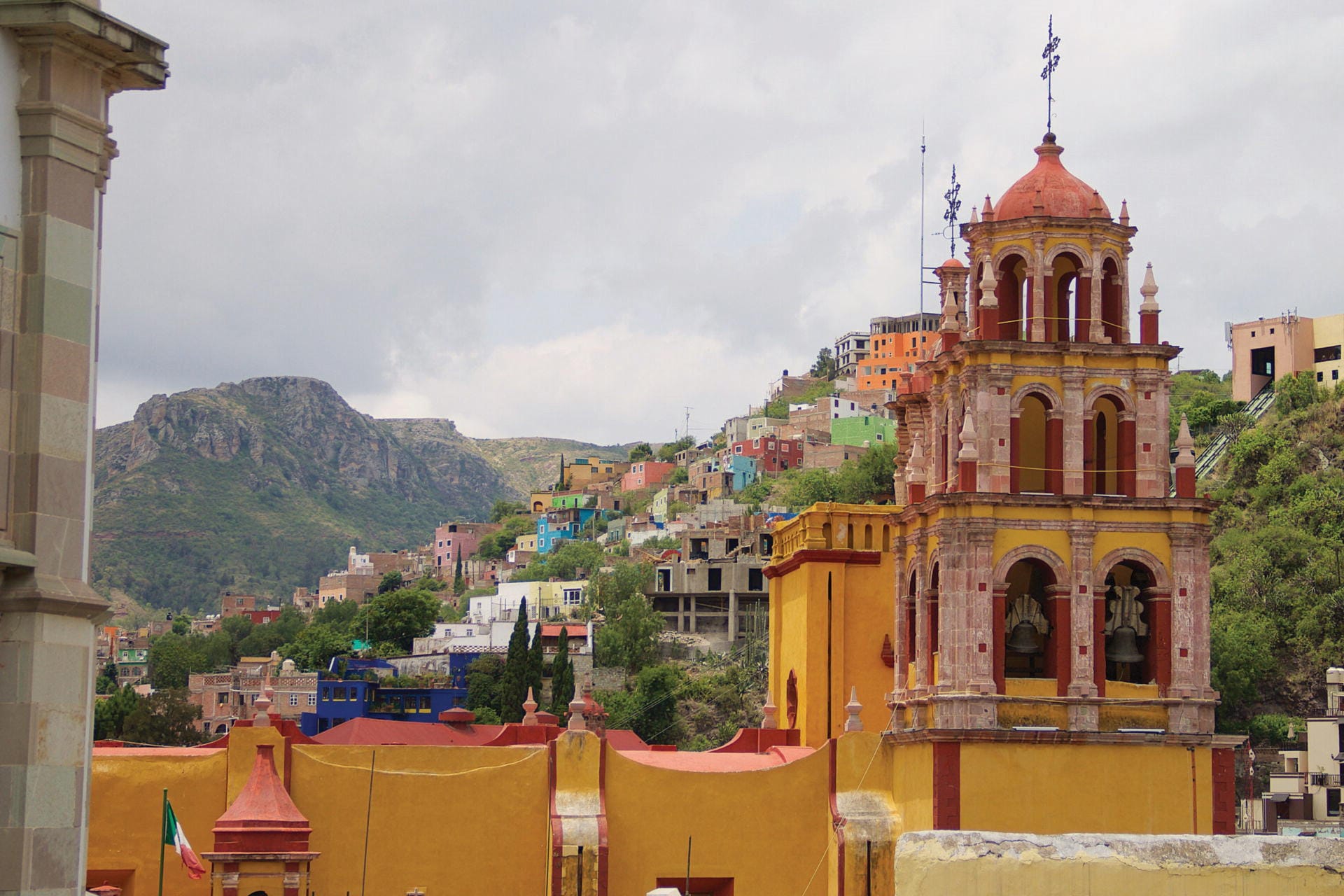Snapshot of the Mexican Education Market
By: Alan Schroeder, Associate Director, External Relations, BCCIE
With a number of economic and educational reforms, the government of Mexico is aiming to boost the country’s productivity, raise income levels and become a more globally competitive nation. A number of factors make Mexico, a priority market under Global Affairs Canada’s International Education Strategy, a compelling market for BC institutions.
Mexico is British Columbia’s seventh largest source country for international students, with over 4,000 studying here in 2013/14. Just over half of those students are at language schools, while about 1,000 students are at post-secondary institutions and our K-12 institutions play host to about 700 Mexican students, making Mexico BC’s fourth largest source of primary and secondary school-aged students.
Structural reforms
President Enrique Peña Nieto has been driving economic and structural reforms aimed at kickstarting an underperforming economy. Among a number of sectors, his reforms have set target on the education system, which critics say holds back economic output and contributes to inequality. The introduction of teacher evaluations, a merit-based pay and promotion system, tests for new teachers, and more federal oversight are all goals of the reforms. A key plank in the education reforms includes sending more tertiary students overseas, mainly to English-speaking countries such as the U.S. and Canada. As well, Minister of Public Education Aurelio Nuño Mayer announced that in 2016 English as a Second Language training will be made compulsory at state primary schools.
Opportunities
Canada holds an excellent reputation as a study destination for its high standard of living at a reasonable cost, quality of life, safe cities and opportunities for post-graduation employment and immigration. A lack of awareness of Canadian institutions, high English language requirements at post-secondary institutions and perceptions of a cold Canadian climate are some challenges preventing larger numbers of students from choosing Canada. The 2009 imposition of tourist visas on Mexican nationals impacted the number of short-term language students temporarily, but numbers have recovered and long-term students were not affected as they already had study permit requirements.
We see particular opportunity in three areas: language training, K-12 and post-secondary education. Foreign language fluency is a top priority for many Mexicans who see it as an avenue for improved personal and professional prospects across a wide breadth of business sectors. At the high school level, many parents aim to provide year-abroad programs for their children to gain language skills and cultural savvy. More than 10% of Mexico’s 24 million K-12 students study at private institutions, where tuition fees can be comparable or higher than international student fees at BC institutions.
Each year, 27,000 Mexicans go abroad for higher education, however at less than 1% of their post-secondary student population, this is low compared to the OECD average, so there is potential for growth. While we do not have a breakdown of the number of Mexican students at BC colleges and institutes, the number of Mexican students at colleges across Canada has tripled to 965 over the past five years. There are opportunities for colleges and institutes to provide practical training in the energy, aerospace, automotive and other specialized fields.
Following recent initiatives aimed at boosting two-way mobility, we also see opportunity at the university level, where Canada is the third most popular destination for Mexican students after the United States and Spain. This past Fall, Universities Canada signed MOUs aimed at boosting information exchange and student mobility with both the National Association of Universities and Institutions (ANUIES) and the National Council of Science and Technology of the United Mexican States (CONACYT). In 2015, the Mexican government began the Proyecta 10,000 scholarship program, which aims to have 10,000 Mexicans study at Canadian post-secondary institutions by 2018. Mexican post-secondary students are also eligible for scholarships under Canada’s Emerging Leaders in the Americas Program (ELAP).
Market entry
When thinking about market entry tactics and key influencers, parents and education agents are first that come to mind in the K-12 and language sectors and even at the post-secondary level. Similar to other global markets, an institution should visit Mexico at least once a year to maintain and develop relationships with local partners. Education fairs and school visits are the most effective forms of promotion and we recommend preparing Spanish-language promotional materials for your visits. Post-secondary students planning semester or academic year programs will be interested to learn about the credit transfer process.



